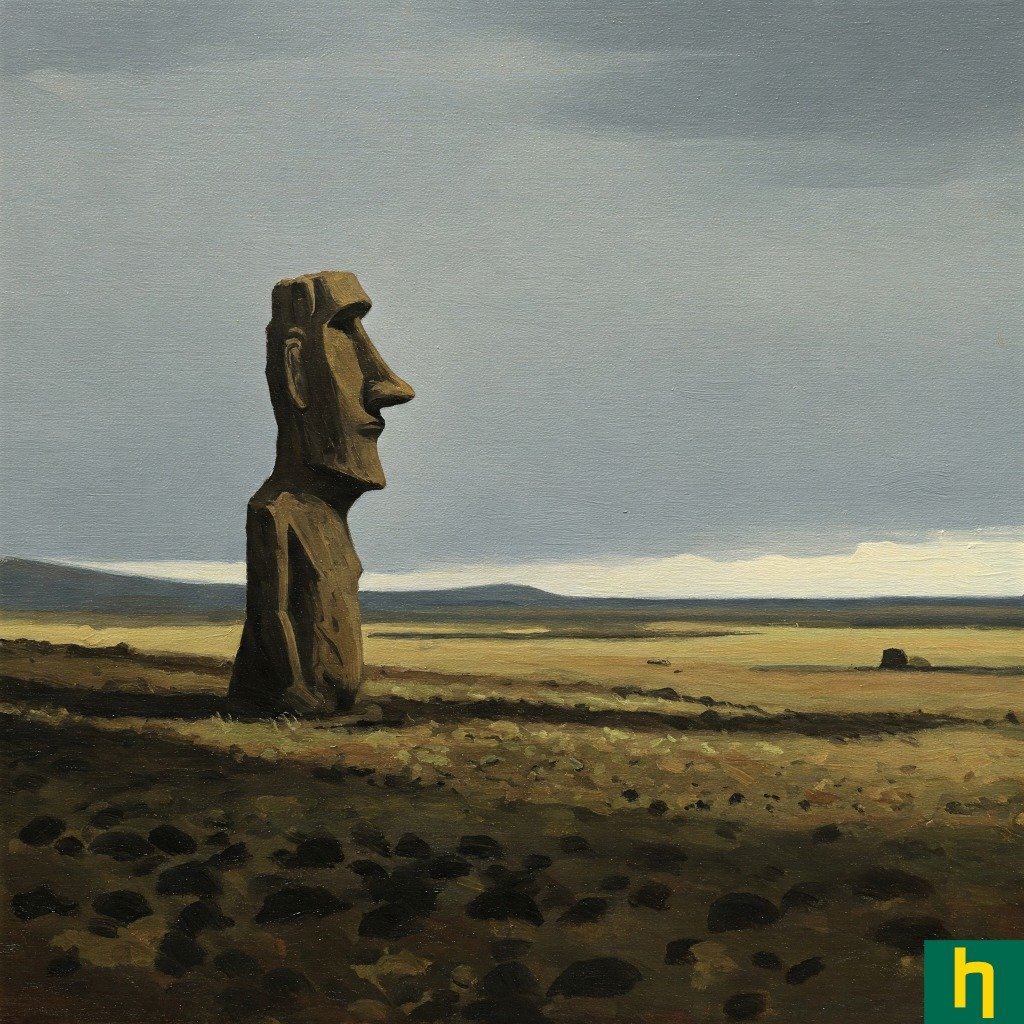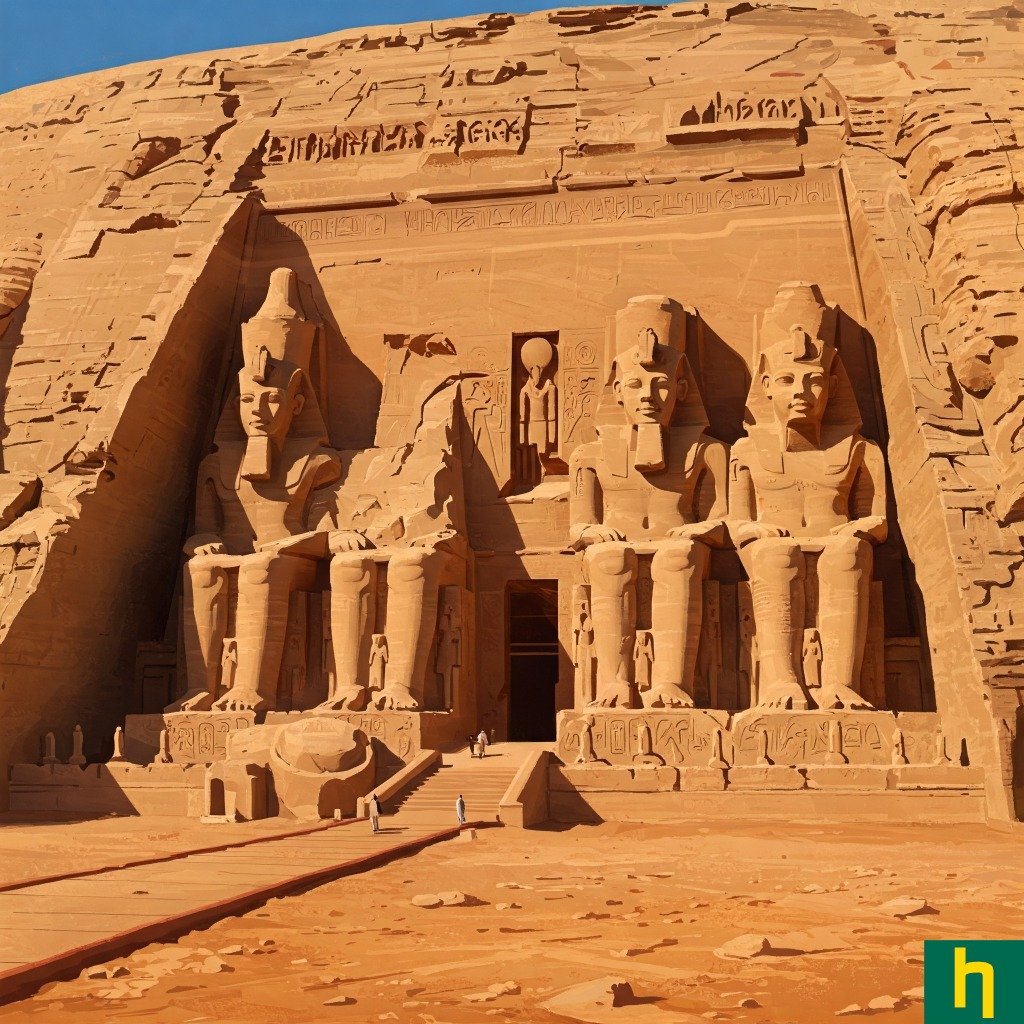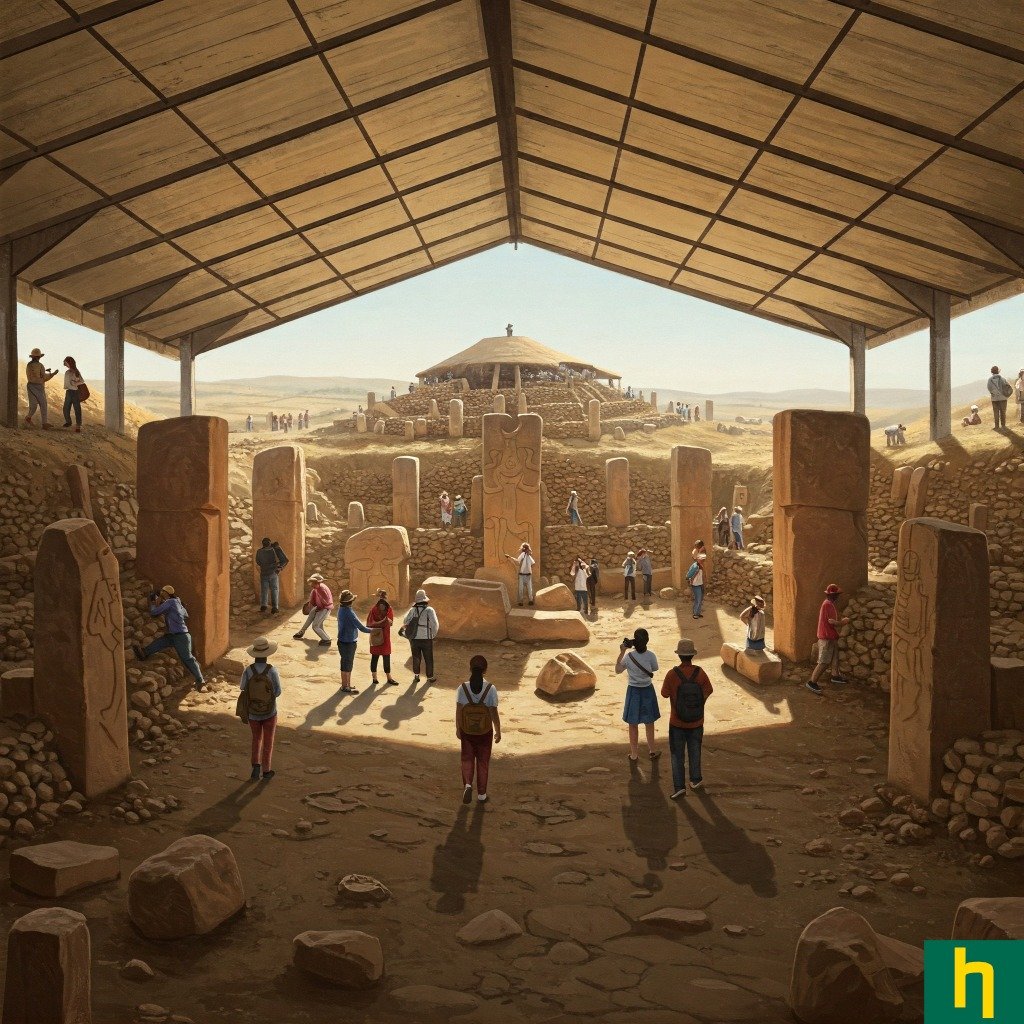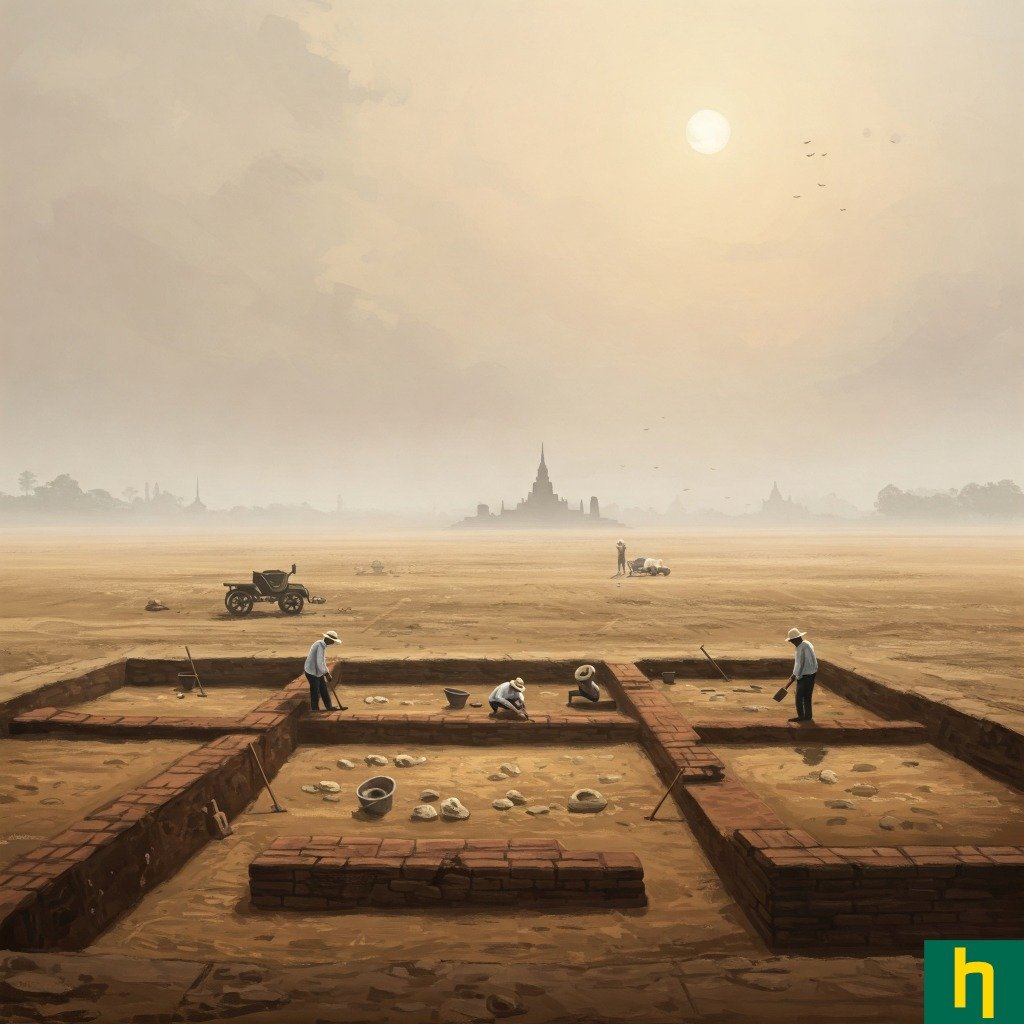What is UNESCO? And what is their role in heritage tourism? That is the question answered in this guide. For just a second, think of the structures of Machu Picchu, or the spires of Angkor Wat. These aren’t just hotspots on some tourist map; they’re monuments to humanity’s ingenuity. For centuries, they stood as sacred sites, known only to an intrepid few.
But in the interconnected world of today, the veil has been well and truly lifted. What once drew pilgrims now beckons millions. These “sacred sites” have exploded into some of the world’s most sought-after “tourist hotspots.” Think of the number of visitors flocking to the Great Wall of China or the nearly two million anuallly to Petra, Jordan. This transformation is exhilarating, but at the same time, fraught with danger.
Who stands guard over these treasures, ensuring the act of experiencing them doesn’t lead to their demise? Step into the United Nations Educational, Scientific and Cultural Organisation (UNESCO). Since its inception in 1945 and the more specific 1972 World Heritage Convention, UNESCO has emerged not just as a curator of history but as the guiding hand in heritage development. It’s UNESCO that provides the framework, the recognition, and mandates allowing these places to captivate us all. , while simultaneously preserving their outstanding universal value.
The “Sacred Site”: Beyond Religious Connotation

What is the meaning of “sacred site”? What springs to mind for most of us is the hushed reverence of a grand cathedral, the solemnity of a mosque, or the spiritual energy of a Hindu temple. Places like the Vatican City or the ancient city of Mecca no doubt fall under this category, too.
Yet, to limit “sacred” to purely spiritual devotion is to miss the more nuanced heritage we all share. In terms of the world’s most cherished places, “sacred” means locations with deep cultural, historical, or natural significance.
Consider the isolation of Easter Island, reminding us of a Polynesian culture that mysteriously flourished and then declined. Perhaps not a place of worship that most of us think of, but Easter Island is a place with a sense of mystery. And, it was most likely profoundly ‘sacred’ to its original inhabitants.
Journey to the Valley of the Kings in Egypt. Here, amongst the stunning hieroglyphs of ancient tombs, we’re not just observing history; we’re stepping into a dialogue with ancient Egyptian beliefs.
Natural wonders also possess this sacredness. The Uluru-Kata Tjuta National Park in Australia is a landscape of ancient creation stories. One inhabited by ancestral spirits. And, in turn, a place of spiritual power,
It’s this deep-seated sense of ‘sacredness’ – whether because of faith, history, or nature’s grandeur – that makes these sites so vulnerable, but so compelling. And therefore, laying the groundwork for UNESCO’s protective mission.
Why Sacred Sites Become Tourist Hotspots?
We humans are a curious lot with the insatiable desire to connect with the past. And so the next chapter in the story of these places is inevitable: their transformation into global magnets for visitors.
The advent of affordable air travel and now sophisticated tourism infrastructure, global exploration has very much shrunk the world we live in. Once, a journey to these sites was a formidable undertaking. Today, direct flights and improved road networks make visiting these places a daily highlight for thousands. This accessibility, though a triumph, simultaneously places immense pressure on these fragile sites.
From glossy magazine spreads to Instagram feeds, the interest in these sites has grown exponentially. One breathtaking photo can spark the travel bug in millions, turning these wonders into the next ‘must-see’ attraction. While great for local economies, it also means once-tranquil places now grapple with queues, selfie sticks, and the sheer weight of human footfall.
For many communities near these ancient wonders, tourism offers a lifeline, injecting much-needed revenue through hotels, restaurants, guided tours, and local crafts. The transformation of a revered cultural landscape into a thriving tourist hub means jobs, improved infrastructure, and a renewed sense of pride for locals. This blend of fascination, ease of access, global visibility, and improved economics creates an irresistible pull. It’s precisely this that the guiding hand of UNESCO becomes not just beneficial, but essential.
What is UNESCO?: Framework for Sustainable Development
As the global spotlight grows on these precious sites, who arbitrates the balance between access and preservation? This monumental task falls to a quiet, yet undeniably powerful entity: the United Nations Educational, Scientific and Cultural Organisation (UNESCO).
The Genesis of World Heritage: A Post-War Vision

The story of UNESCO began with an urgent call for peace and understanding in the after the two World Wars. Founded in 1945, UNESCO’s mission was to build peace through international cooperation in education, science, and culture.
UNESCO’s biggest test came in the 1960s, with a threat to the Abu Simbel temples in Egypt. These important temples were in danger of being submerged by the rising waters of the Aswan High Dam. Led by UNESCO, a campaign was launched that saw these structures dismantled and moved to higher ground, piece by painstaking piece. This, in turn, laid the groundwork for the 1972 World Heritage Convention. It was a realisation that the world’s natural historical treasures transcended national borders. They belong to all of us and demand a collective guardianship. UNESCO’s core mission was now clear: identify, protect, and preserve the heritage of “Outstanding Universal Value” (OUV).
What is UNESCO? A Rigorous Seal of Approval
Earning the coveted “World Heritage Site” designation isn’t just a rubber stamp; it’s of enormous significance. Years, and in some cases decades, of effort are involved to carefully document these sites’ unique attributes. The journey begins with a “Tentative List,” which is a national inventory of potential candidates. Then comes the task of proving “Outstanding Universal Value” – demonstrating that the site possesses cultural and/or natural significance so exceptional that it transcends national boundaries.
Step in the experts: the International Council on Monuments and Sites (ICOMOS) for cultural sites, and the International Union for Conservation of Nature (IUCN) for natural sites. Their evaluations look at every possible detail from archaeological integrity to ecological health. The dossier submitted can be thousands of pages long, filled with maps, historical data, scientific reports, and conservation plans.
UNESCO’s Guiding Principles in Action
Beyond the prestigious listing, UNESCO’s influence lies in its insistence on comprehensive management of the site. A listing isn’t an endpoint; it’s the beginning of a continuous journey of stewardship. Every World Heritage Site must have a robust, dynamic plan outlining how its OUV will be preserved, how visitors will be managed, and how local communities will be engaged.
UNESCO pushes for authenticity and integrity. From the careful restoration of a crumbling wall in Florence’s historic centre to the sensitive development of visitor pathways that respect the land at Göbekli Tepe in Turkey. It encourages local authorities to become active guardians. And it mandates sophisticated visitor management strategies, recommending timed entries, designated routes, and educational initiatives, to name but a few. Perhaps most importantly, UNESCO constantly advocates for community engagement, making sure the economic benefits of tourism reach the locals.
UNESCO’s Dual Role: Tourism And Preservation

There is a fine balance at the heart of UNESCO – simultaneously open these sites to the world’s travellers whilst safeguarding their very essence. UNESCO’s mission isn’t just about listing sites; it’s about breathing life into local economies without suffocating the ancient spirit of the places.
Benefits for the Traveller and the Site Alike
To receive a UNESCO World Heritage designation is to be immediately elevated onto a global stage. This is known as the “UNESCO Effect”: There is an immediate surge in recognition, transforming a culturally significant site, putting it solidly on the tourist map. This often means attracting a different calibre of visitor, those more engaged with cultural immersion and responsible travel.
When managed thoughtfully, it’s a powerful economic growth engine. Hotels flourish, local artisans find new markets, and a myriad of jobs—from tour guides to restaurateurs serving local foods are created.
The UNESCO designation also unlocks funding opportunities globally that support conservation efforts that are beyond national budgets. Beyond funding, sites usually see improved infrastructure and services, not just for tourists, but for the local population. Better roads, improved waste management, and better public amenities are all benefits of a UNESCO listing.
Challenges and Safeguards
This attention can be a double-edged sword. The designation of a UNESCO listing can lead to its greatest threat: over-tourism. It’s not just about long queues; instead, it’s the damage that millions of visitors can cause. UNESCO handles this through visitor management strategies. Venice, a city plagued with over-tourism and rising sea levels, has repeatedly faced UNESCO’s warnings, showing the organisation’s willingness to place sites on its “Danger List” for inadequate protective measures.
UNESCO’s oversight aims to maintain authenticity and integrity. This means fighting against inappropriate commercialisation. There’s a constant battle against the selling of souvenirs, overshadowing sacred architecture or construction developments that mar historic views. UNESCO mandates that any development must respect the Outstanding Universal Value of the site, preventing a modern hotel from being built right next to the Pyramids of Giza, for example.
UNESCO places a strong emphasis on community impact. It’s not enough for a few tour operators to profit; the locals, often with ancestral ties to these sites, must be active beneficiaries. Whilst there’s a push to ensure traditional ways of life are respected.
Finally, UNESCO maintains watch through its monitoring process. If a site’s OUV is threatened by development, conflict, or environmental degradation, UNESCO has the ultimate power to place it on the List of World Heritage in Danger. This is a desperate plea for international attention and concerted effort to save a site from irreversible harm. Championing visitor access while demanding unwavering protection is the powerful leverage UNESCO wields in the evolution of sacred sites into cherished tourist hotspots.
UNESCO’s Role in Curating Authentic Tourist Experiences
UNESCO operates with an impactful influence on the ground: it provides the blueprint for how we heritage-loving travellers experience these places. Their philosophy champions depth over superficiality. It aims to ensure a World Heritage site isn’t just another selfie op but a genuine encounter with history or nature.
The World Heritage Committee doesn’t just list a monument; it lists a cultural landscape, then guides its stewards to maintain its true character. They ensure that the story of a sacred site is told with accuracy and respect.
UNESCO’s influence extends to responsible visitor engagement. It aims to cultivate respect, not just tourism revenue. Site managers, guided by UNESCO principles, are crafting experiences that educate and inspire, transforming a “sight” into a “story.”
In essence, UNESCO acts as the ultimate curator. It’s a commitment to when you visit a World Heritage site, you’re not just crossing an item off a list, but embarking on a journey of discovery, encountering the past in its truest, most compelling form.
UNESCO’s Influence on Ethical Heritage Tourism
In the modern age of travel, a new trend has emerged for the discerning voyager: the pursuit of ethical engagement. The conscious traveller seeks to understand, to respect, and to ensure their presence leaves a positive, rather than detrimental mark. This shift is precisely where UNESCO’s influence shines, providing a moral compass guiding both the custodians of heritage and tourists alike.
It champions tourism that combats pitfalls like cultural appropriation, where traditions of a community are trivialised without understanding.
It addresses the potential for exploitation, both of the heritage and the local communities. This means fair wages for local guides and making sure any tourism revenue genuinely benefits those who live alongside the sites.
The principle of disrespect is another critical area. UNESCO encourages visitors to understand and adhere to local customs and etiquette. This translates into clear guidelines at site entrances and through informed tour operators, turning a casual visit into a respectful pilgrimage.
Ultimately, UNESCO brings together global standards with local sensitivities. It gives heritage tourism a deeper purpose. It helps create a generation of responsible travellers who understand that unlocking the past isn’t just about seeing ruins or visiting landscapes, but about honouring the stories and the people that make these places truly extraordinary.
What Is UNESCO? FAQs
What is the purpose of UNESCO?
UNESCO’s primary purpose is to protect and preserve the world’s natural and cultural heritage. It works to foster peace and sustainable development through education, science, and culture.
What is a UNESCO World Heritage Site?
A UNESCO World Heritage Site is a landmark or area that has been designated by UNESCO as having “Outstanding Universal Value” to humanity. This can include sites of cultural, historical, scientific, or other significance.
How does a site become a UNESCO World Heritage Site?
To become a World Heritage Site, a country must first nominate the site. UNESCO then evaluates the site’s “Outstanding Universal Value” based on strict criteria, a process that can take years.
What challenges do UNESCO sites face?
Many UNESCO sites face challenges from over-tourism, commercialisation, and the ongoing need for preservation. UNESCO helps manage these issues with strategies like visitor management and community engagement.
How is tourism balanced with preservation at UNESCO sites?
UNESCO aims to balance tourism and preservation by curating ethical and authentic tourist experiences. The organisation provides frameworks and guidelines to ensure that economic benefits from tourism do not come at the cost of a site’s integrity.

